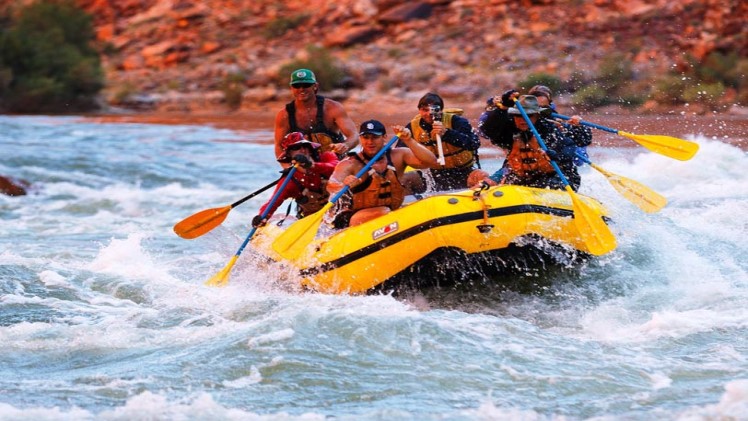A growing number of tourism destinations, at various scales, have begun to market themselves as adventure capitals, offering a range of different commercial adventure tourism products at the same destination. Coupled with this is an increasing number of adventure events, not necessarily competitive, which aim to attract large numbers of adherents to utilise mainstream facilities at the destinations concerned. For the mainstream accommodation and hospitality sector, adventure events fulfil much the same function as non-adventure events, such as conferences and conventions, spectator sporting events, and so on.
Associated with such events are multi-sport adventure races, which combine several aspects of the commercial tourism and recreation sectors. Most of these events include out-of-town as well as local competitors, and the former need transport and accommodation in the same way as any other tourist. Most of the adventure activities concerned require specialised equipment, and adventure races are commonly sponsored by outdoor equipment retailers or manufacturers, for whom they simply represent a sales technique.
Competitions also provide a mechanism for persuading customers to upgrade from entry-level to top-end adventure products, with the latter being considerably more expensive. In addition, if the companies sponsoring the races are either structured as franchises or form syndicates so as to run a series of races at different geographic locations, then each race provides a pool of tourists who will then travel to the other race destinations. International Gold Cup Steeplechase race began with friendly competition.

